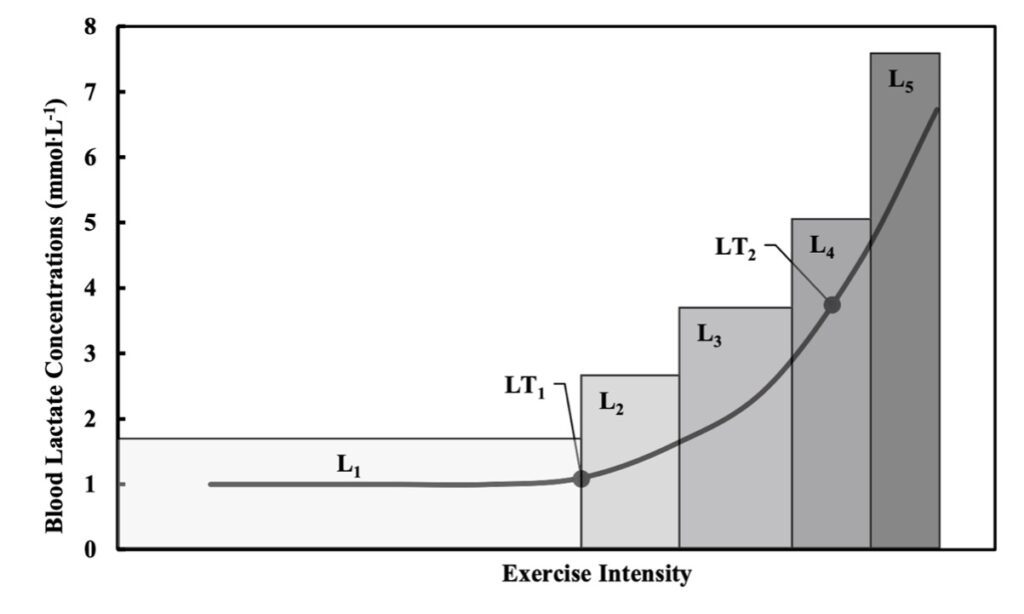Use lactate measurement to train like Kristian Blummenfelt and Gustav Iden
How the Norwegian triathlon stars use lactate measurement to determine the intensity of their workouts
 Photo by:
Kevin Mackinnon
Photo by:
Kevin Mackinnon
For a few years now, Norway’s Kristian Blummenfelt and Gustav Iden have been dominant in both short- and long-distance triathlons. Blummenfelt won the last Olympic Games, the Ironman World Championship and finished a full-distance race in under seven hours (with drafting).
Given their immense success, many triathletes began to take an interest in how they trained. A good example is Lionel Sanders who is now coached by Gustav Iden’s brother, Mikal Iden.
Athletes have been able to learn about the Norwegians training by following them on social media, or watching videos featuring their workouts like this:
They frequently use a device to measure their lactate level during their training. To train like the Norwegians, though, it is not enough to buy a device to measure lactate. It is important to understand what each measure of lactatemia means.
First of all, what is lactate and how is it produced?
ATP (aenosine triphosphate) is produced by three reactions:
- The Lohmann reaction : ADP + phosphocreatine ↔ ATP + creatine
- For any short-term effort, such as a sprint or a resistance effort such as a squat, ATP is produced by this reaction.
- Oxidative phosphorylation that requires the presence of oxygen
- During aerobic exertion, ATP comes mainly from oxidative phosphorylation which requires oxygen.
- Glycolysis, which produces pyruvate and lactate and reduces pH
- During an anaerobic effort (therefore an intense effort) ATP comes mainly from the glycolysis reaction.
So lactate is a product of ATP production via glycolysis.
However, it is important to mention that lactate is constantly produced by our body. So, when we measure our concentration of lactate in the blood (lactatemia) at rest, the value is not 0 – it is around 1.5 mmol/L.
During a very intense effort, lactatemia increases and can reach values greater than 8 mmol/ L. The increase in the level of lactate has the effect of decreasing the pH in the muscles due to the production of hydrogen ions (H+).
In the muscles, lactate is converted to pyruvate. Thus, lactate is used as a source of energy by the muscles. Also, the ability to “recycle” lactate increases with training, especially endurance training. On the other hand, during a very intense physical effort, the amount of lactate produced is much greater than the amount of energy that is oxidized by the muscles, which explains why lactatemia increases so much during a very intense effort. Following the intense effort, our muscles use the lactate produced as a source of energy and the lacatemia decreases. That’s why it’s important to do a good cool-down after an intense effort.
View this post on Instagram
How to determine the training areas from lactatemia?
To be able to know our intensity zones, it is necessary to perform a test to determine our lactate 1 and 2 thresholds (LT1 and LT2).
This test, similar to a VO2max test, can be done on a treadmill, or on a stationary bike. The intensity increases gradually and at each level the lactatemia is measured. However, unlike a VO2max test, the steps are usually longer, usually 3 to 4 minutes, rather than 1 to 2 minutes. This ensures that the lactatemia value has stabilized, and remains stable, during the loading.
By presenting the values of the catemia as a function of the intensity (watts on the bike or speed on the run), we obtain a graph that looks like this:

Looking at the graph, we see that the value of lactatemia does not really increase until it reaches the first lactate threshold (LT1). Thereafter the curve increases to the second lactate threshold (LT2) and, after the LT2 threshold, the curve increases much faster.
This test therefore makes it possible to determine three training zones, namely:
- Zone 1: Intensity below LT1
- Zone 2: Intensity between LT1 and LT2
- Zone 3: Intensity greater than LT3
How often should a lactate test be performed?
This lactate test can be done several times during the year or at least once a year to find out if the LT1 and LT2 values have changed and to determine if you have improved. Generally, it is considered that a shift of the lactatemia curve to the right is considered a beneficial sign of training since it means that the first increase in lactatemia (LT1) occurs at a higher intensity.
